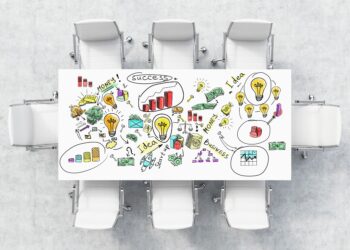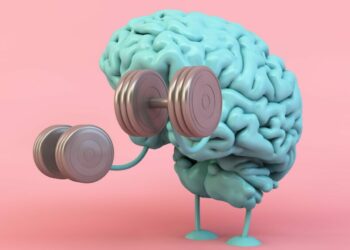“Eating your own dog food is the practice of an organization using its own products!”
I’ve been asked many times what being agile means when you’re not an agile coach, a PO, a scrum master nor a developer but a support team member in a consulting company.
Today I’m a Community Grower, something in between the Recruiter and the Business Developer: my role is to help my community grow, whether it is with potential we(wo)men or partners, in order to bring value to each other.
Well, actually, I’m an Agile Community Grower, doing my work the agile way. And this is a long way. I won’t lie, not an easy one, we went through a couple of clashes & interrogations to get there. And we’re still struggling from time to time
Let me tell you this story, which is of course not over!
When I joined Wemanity one year ago, we were doing our job like many other people in consulting companies, even if we really wanted to do something different: a business developer was looking for clients, coming back to the office and telling me “OK I’m just back from Company A, they need a Java developer”. So I started to check on Monster, ICT, LinkedIn and so on. “Hello John, I’m Valentin from Wemanity, an agile consulting company, I’d be pleased to meet you and discuss potential projects we have”.
Hmm, sounds like body shopping actually don’t you think so? We were almost like any other classic consulting company (a bit different however, we already had true intentions & beliefs to create a community where people were sharing the same mindset, culture & values rather than just payroll, but this is another story).
So, step by step, we went deeper during our retrospectives: what could we do to be really different? I discussed with some colleagues, Agile Coaches. Why not applying a couple of agile practices to start with?
And we started doing daily stand-ups to align & synchronize the team. We set up a scrum board to keep track and avoid multitasking.
This resulted in better communication between us (even if we were just 3 in the team), and more efficient work as we were all synchronized. That was the first step.
Then, we entered the continuous improvement loop. We were already doing retrospectives, but there were no commitments in the end and no follow-ups. From one retrospective to the other, we forgot almost everything.
Another board was the solution: we were beginning each retrospective by defining if we committed to what we had decided during the previous one, if we still needed to test what we decided before adopting it. And we started to discover that sticky-notes were so expansive!
The next step was, and actually is, maybe the most difficult one. We entered the feedback loop. So we learned how to give feedback, but also how to receive them! This is really difficult, trust me. Sometimes we’re annoyed because something went wrong, and suddenly you tell your colleague that what he did was completely wrong. Very constructive!
Yes we had some clashes, and we’ll certainly have other ones, but we now try to say “are you open for feedback?” – yes – in this situation what you did lead to such a result, I would have done this way to avoid this misunderstanding”. We force ourselves to stay neutral and not considering this as a personal attack. This strengthens the cooperation between us and fosters the improvement as we share our ideas in order to improve ourselves. Better, no?
We asked ourselves how we could improve the way we work even more and came up with the idea of using Kanban for the whole recruitment flow: 1st contact, 1st meeting, 2nd meeting, contract proposition, welcoming. Simply. And now let’s try to eliminate the bottlenecks: we don’t see enough people, we rely on one person to lead agile interviews, we take too much time to do an offer, we don’t have the right playground.
And we changed our way of working, removing the impediments we had, we asked for help from our French colleagues (more people there, for the moment ) and so on.
What about the interview with candidates and the prospection meetings? This is our core business as a support team. We wondered how we could use some agile practices. When we meet potential we(wo)men, we are not interviewing him/her about his/her strengths & weaknesses. We focus on sharing experience, talking about the past but mainly the future in order to define if we can bring value to each other.
To do so, we are now using Speed Boats, Remember the futures, Moving Motivators, MASH, Start Continue More of Less of Stop wheels etc. All these practices with the same focus: what did you do, what are your best achievements, things you are proud of, your fails, but also what do you want to do, how could we help you to get there and vice versa.
Actually, we enrich ourselves every day by giving each other feedback (what went bad, what went well). We all personify & adapt our approach. We don’t have a book of Wemanity’s best practices. Each and every one of us creates his own model.
This is more or less where we are now. But the story isn’t over, there are lots of beautiful chapters remaining, chapters we’ll write together with our community.
A special thanks to Olivier Catoire and Artur Margonari who most certainly have recognized themselves in a couple of practices described here.












